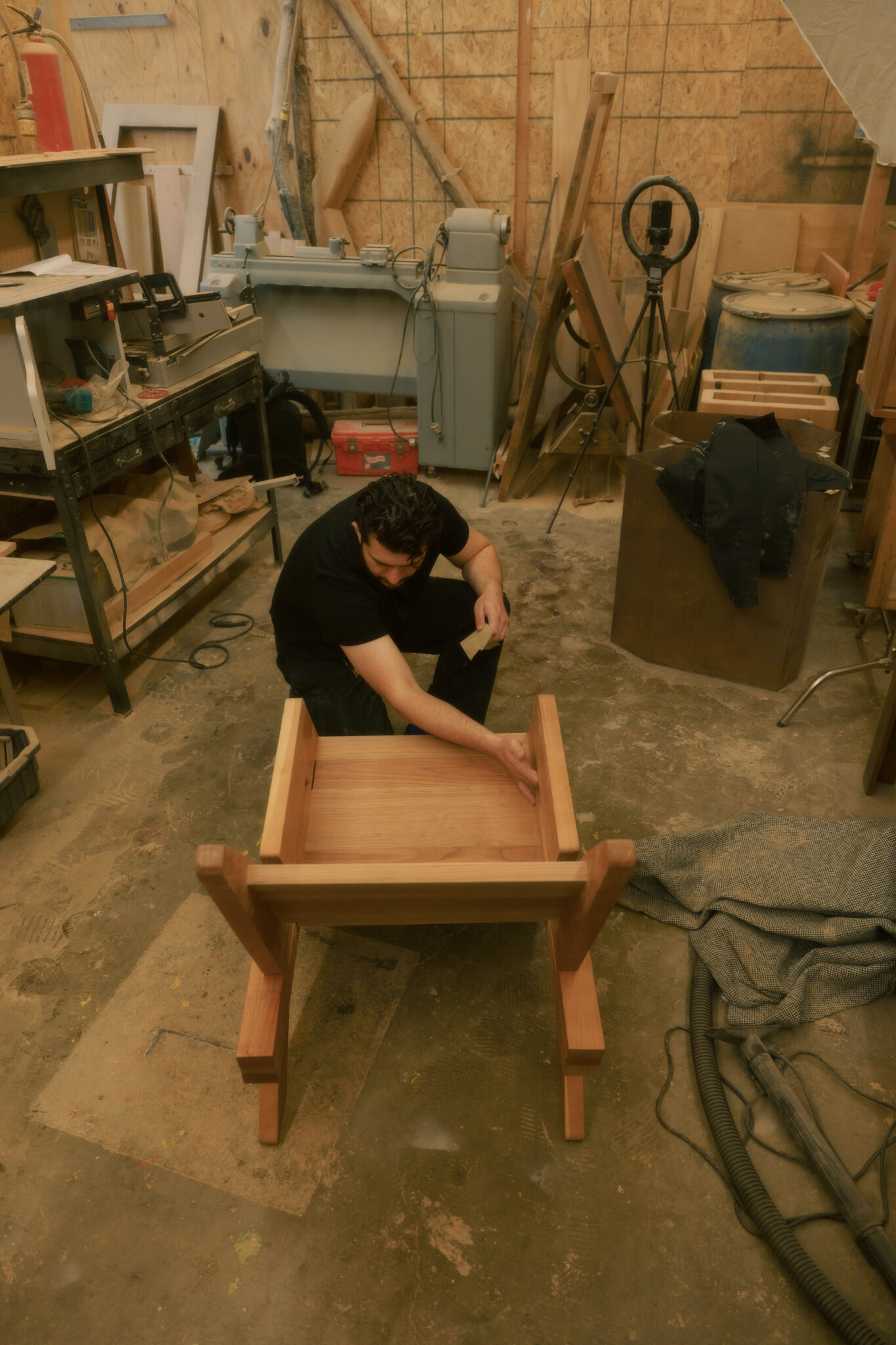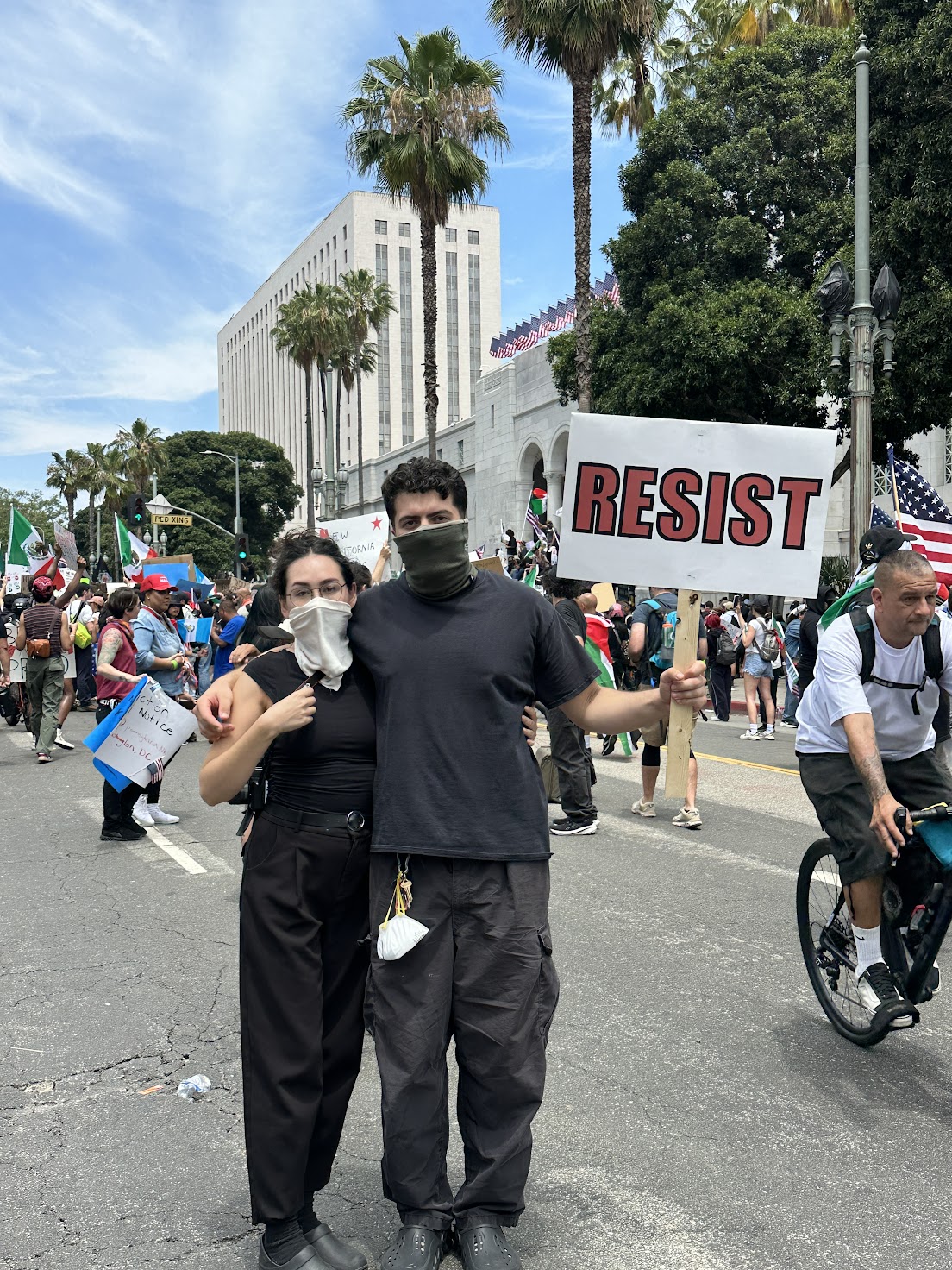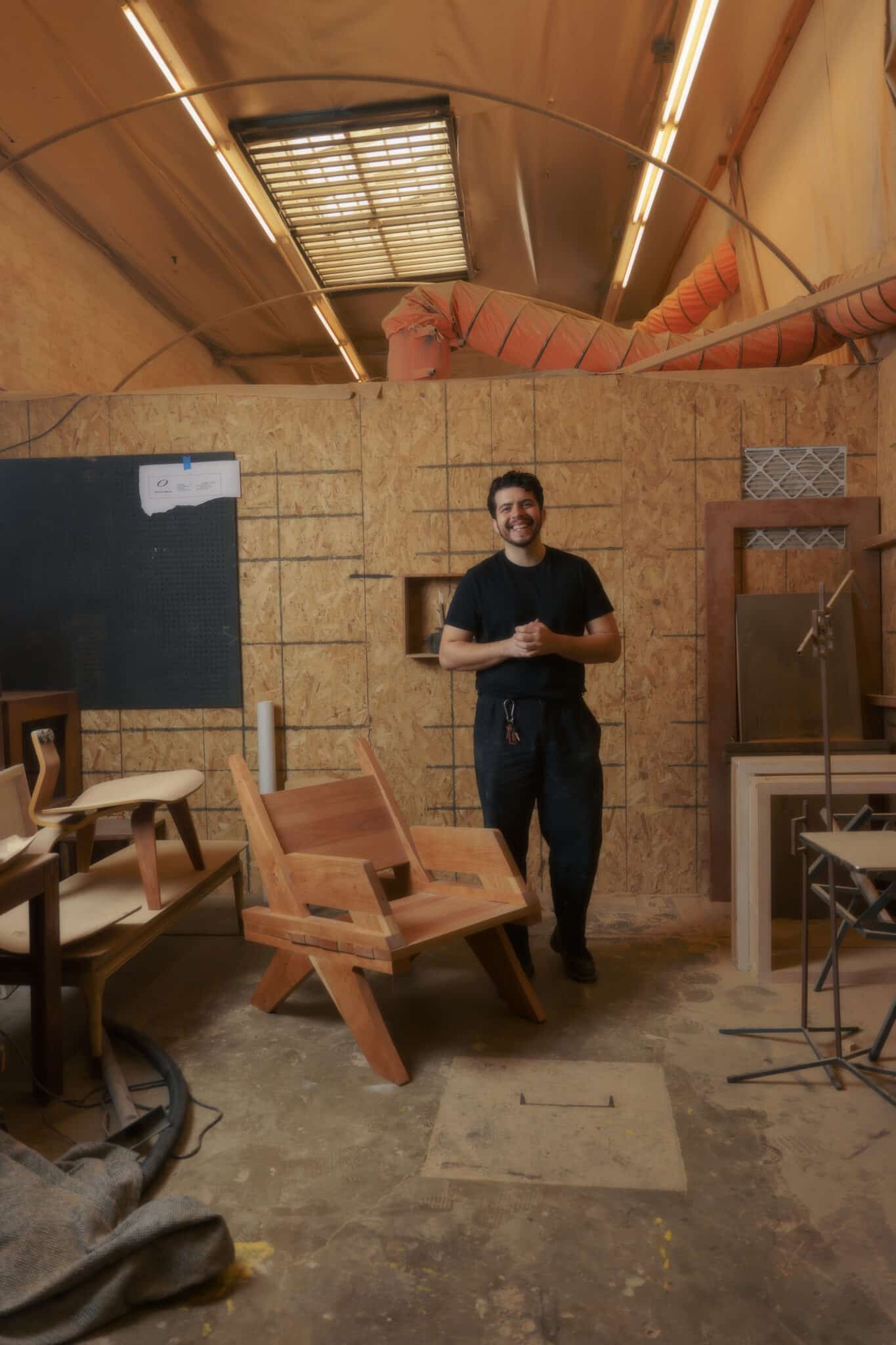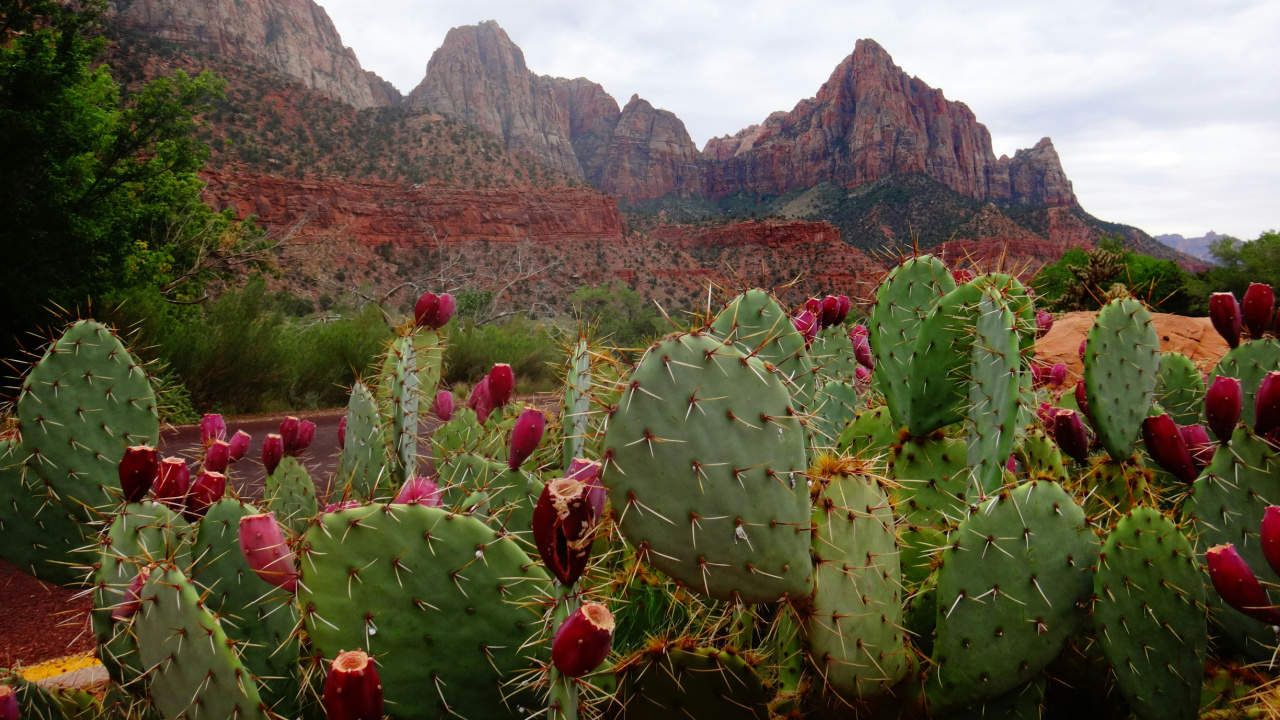How An LA Couple Chose Self-Deportation and Leaned Into Their Relationship to Become Stronger Together
Making the decision to “self-deport” is not easy. For some, it is a resigned admission of defeat. For others, it is the manifestation of a pure survival instinct. At a time when the U.S. government works to make the country as hostile as possible, “self-deportation” has become an increasingly common option for many.
The procedure requires an undocumented person to leave the United States voluntarily. They then have to wait years before they are eligible to come back. Jorge Samayoa, who goes by the artist name Bokiso, felt it was the safest move to protect himself from the current immigration raids.
Samayoa recently self-deported to Mexico after the immigration raids that rocked Los Angeles this summer. He and his girlfriend, Júlia Godoy, worked in the Fashion District in downtown Los Angeles. When Immigration and Customs Enforcement (ICE) agents conducted their first raid, Samayoa, who was on DACA, panicked.
Jorge Samayoa and Júlia Godoy faced a worrisome reality

He rushed to the studio to find his paperwork. He was always good at renewing when he worked at Starbucks because of the reminders. However, since becoming fully freelance in art, the renewal passed, and he was unaware. He thought he was getting papers that would protect him. Instead, his DACA status had expired 1 year and 3 days earlier.
“Since it was over a year already, it’s treated as a new application, so I wouldn’t be accepted,” Samayoa recalls to mitú. “My heart kind of sank, and I was like, “Wow.” I came back [to the apartment] and she was telling me that I was like, white as a ghost.”
DACA protects beneficiaries from removal and gives them work permits. There are strict eligibility criteria that people must meet to be eligible for the Obama-era program. The U.S. government is not accepting new applications for the program. People with current DACA status can renew as necessary.
The problem for Samayoa is that the grace period to renew your DACA status is within a year of its expiration. Since it had been a couple of days, he was ineligible to renew and couldn’t submit a new application. That is when Samayoa and Godoy had to choose between staying and risking Samayoa’s freedom or moving to Mexico.
“I’m very forward, and so I’m like, ‘No, no, no, no worries. We can look into this. We can find a lawyer. It could be fixed, right?’ So, we spent a few hours Googling, trying to figure out if we could meet with someone,” Godoy remembers. ”What kind of lawyers can we talk to? What are the options? Every avenue we took was like, nope, nope, nope, nope, nope.”
The immigration raids over the summer weighed heavily on the couple

Before the immigration raids this summer in Los Angeles, Samayoa and Godoy, like many Angelenos, participated in protests. The “Hands Off” protest in April was the first big demonstration in the city critical of the second Trump administration. The threat of mass deportations and militarized federal agents entering neighborhoods had the town on edge. Many were bracing for the economic and human toll of such actions.
Understanding the lack of protection for Samayoa, the couple took a moment for themselves to think through what to do next. Godoy says she took some time to dry her hair, and as she did, she ran through different scenarios in her head.
“I came back and we kind of looked at each other and we’re like, ‘Should we leave?’ It was something that we were already kind of throwing in the air when Trump was elected earlier that year,” Godoy tells mitú.
The decision to leave was easier than expected

Godoy is from Brazil and moved to the U.S. with her family in 2001 when she was a child. Initially, they settled in Minnesota, where Godoy grew up. She became a U.S. citizen in 2019 and moved to Los Angeles in 2022. Even with her citizenship in hand, Godoy wanted to make the move, and the decision was quick. The couple explains that DACA status was the last domino to fall, encouraging them to pick up and go.
“We were talking about the different stages of fascism. We’re already at such a high tier that I think, right now, it’s more like, let’s just get out. We’ll just figure it out after that,” Godoy explains. “So the logistics were really just about getting rid of everything as far as like our studios, cleaning up my studio, selling, and giving away everything.”
Samayoa explains that the two worked overtime to get everything in their studios and loft apartment sold or given away. The lease for their loft was coming to an end, and it just felt, to them, like all signs pointed to leaving the U.S. Yet, even with a clear decision, the mental toll of suddenly leaving everything behind and Los Angeles had them afraid to draw too much attention to themselves.
“I heard that they were giving people like $1000 to self-deport, but I didn’t want to be tracked and maybe stopped at the airport and then put in a concentration camp,” Samayoa explains about his mental state during the move. ”I just like, I could not deal with all that. So I’m like, I’m just going to go as low-profile as I can and just book this flight and let’s just land and figure it out from there.”
Facing a monumental life-changing moment tested their relationship

Samayoa acknowledges that the initial decision to leave, while easy, strained their relationship at the beginning. He knew that going back to Mexico was best for him, but he worried that Godoy would be leaving behind the life she wanted for him to follow through on self-deportation. Her family had gone through the lengthy process to get citizenship, and she was suddenly leaving it all behind.
Instead of letting the stress hurt the relationship, they realized that they were with the right person. The emotional toll of leaving was overwhelming, but they supported each other. Godoy remembers that they would both have moments of trepidation, but not at the same time. This gave them each a chance to support the other and to remind themselves of why they were making the decision.
“I think it really did affect us in the beginning. Yeah. But I think ultimately, you go through those tribulations and we found out that if worst comes to worst, this is my person,” Samayoa says. ”You know, like, this will work. We’ve been through the ringer to be in a really good position in a relationship. So I do think that it made us super strong.”
That foundation of their relationship helped them navigate finding a place to live when they got to Mexico. Neither of them had ever been to Mexico, but Samayoa has family there whom he had never met. They were there to help them find the right place outside of Mexico City. They both say that having a strong relationship helped them navigate a new life in Mexico. It also helped them settle into a new routine.
For Godoy, leaving the U.S. was rooted in supporting Samayoa

Leaving your home is never an easy decision, even if the stars align to make it happen. During the process, Godoy leaned into her understanding of prioritizing herself to show up for Samayoa. Her advice to other people in her position is to make yourself the most important person in your life. Then, you can be the best partner for your undocumented loved one in a time of heightened stress.
“In our situation, things lined up so strangely. The lease was up, and we were just like, ‘All right, we’ll figure it out, right?’ So, a lot of the anticipatory grief that I think someone who would make such a life-changing decision would feel, we actually didn’t feel until after we left,” Godoy says while looking back at that moment. “There are definitely moments where we’re like, ‘What are we doing?’ As crazy as it gets, I think that I’d rather have the stress of rebuilding a life in a new country than the stress of my partner being taken. That was that simple.”
The decision to self-deport to Mexico is rooted in what was best for them and their relationship. Choosing self-deportation is not an easy decision, and it comes with a litany of emotions. Samayoa and Godoy leaned into each other during a time of chaos and fear for support.
The couple is now living just outside of Mexico City and rebuilding their lives together without the stress of mass deportation and expired DACA status. They are leaning into their art and the slower pace of life in Mexico. As for whether or not they will return to the U.S., it is up in the air. Not off the table, but there is no rush.




